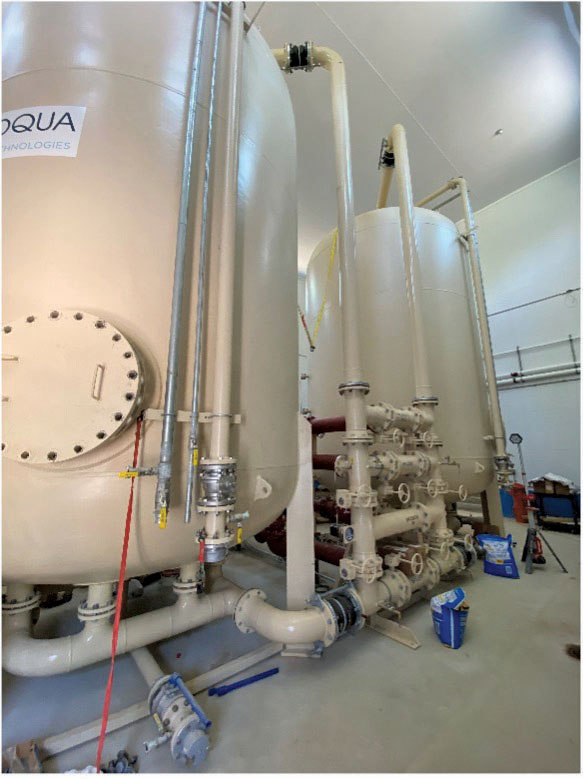
PFAS is short for “per- and polyfluoroalkyl substances,” a family of nearly 5,000 chemicals that have been used in many products since the 1940s due to their resistance to heat, oil, stains, grease, and water. These uses have included fast food wrappers, microwave popcorn bags, pizza boxes,
candy wrappers, nonstick cookware, stain resistant coatings on carpets and upholstery, and water-resistant clothing. Health studies have indicated possible links to increased cancer risk through long-term exposure to these chemicals.
People in Maine may have read about PFAS in the Portland Press Herald, Morning Sentinel or Kennebec Journal. In 2016, the chemicals were found on an Arundel dairy farm that was using sludge from municipal sewage treatment plants to fertilize grazing fields. The case has spurred citizens and state government into action. The legislature will consider seven bills this session to address PFAS contamination from many angles.
To understand how Maine may start treating the contamination, this is a story about how engineering can help treat even the smallest presence of PFAS in drinking water, based on work that Underwood Engineers completed in Merrimack, New Hampshire.
On a federal level, the Environmental Protection Agency has only indicated health advisory levels for long term exposure to two of the more prevalent PFAS chemicals. This has led some states, including New Hampshire, to set their own maximum contaminant levels (MCL). In 2020, the State of NH set some of the lowest MCLs in the nation for 4 PFAS compounds. These levels range from 11 – 18 parts per trillion (ppt).
These are very small levels, just one or more orders of magnitude smaller than most existing MCLs and will require some communities to provide treatment of their drinking water to meet them. To illustrate a ppt, imagine one grain of sand in a box that is 75 feet long, 10 feet high and three feet wide.
The Merrimack Village District (MVD) utilizes groundwater wells to meet the water supply needs of the Town of Merrimack. In 2016, MVD detected PFAS in all six of their active wells. In two of them the federal health advisory levels were exceeded. These wells, therefore, had to be taken off-line.
Due to local concerns about any level of PFAS in their drinking water, the District proactively asked Underwood Engineers to start planning for PFAS treatment at their four other wells even though they were below the initial health advisory level from the EPA. It was during this planning process that the State set the new lower MCLs for the four regulated PFAS chemicals which put all these wells into violation for at least onecompound. It was determined that two additional treatment facilities would be needed to treat these four wells.
There are various methods to remove PFAS from drinking water, and the effectiveness of these methods vary from water supply to water supply due to the raw water chemistry and actual PFAS chemicals that are in the water. After studies were completed, the appropriate treatment for the District’s wells was determined to be granular activated carbon (GAC).
The volume of GAC that is needed is dependent upon the flowrate and PFAS concentrations. The following is a brief summary of the three treatment plants:
- Wells 4 and 5: New treatment plant that utilizes two 12’ diameter by 26’ tall tanks.
- Wells 7 and 8: Treatment plant addition that utilizes two 15’ diameter by 26’ tall tanks.
- Well 2: New treatment plant that utilizes four 12’ diameter by 26’ tall tanks.
These large tanks hold large volumes of GAC, which is predicted to have a life of approximately one year, making GAC replacement an expensive operating cost. Construction of three treatment plants is a large capital expense and Underwood Engineers has worked with the District to secure both loan and grant funding through the State. Underwood has also completed rate studies for the Merrimack Village District to develop a long-range financial plan.
The District should be commended for having the foresight to proceed with the PFAS treatment of all of their wells, even before it was a State requirement, in order to provide safe, high quality water for their customers.

Comments are not available on this story.
Send questions/comments to the editors.


